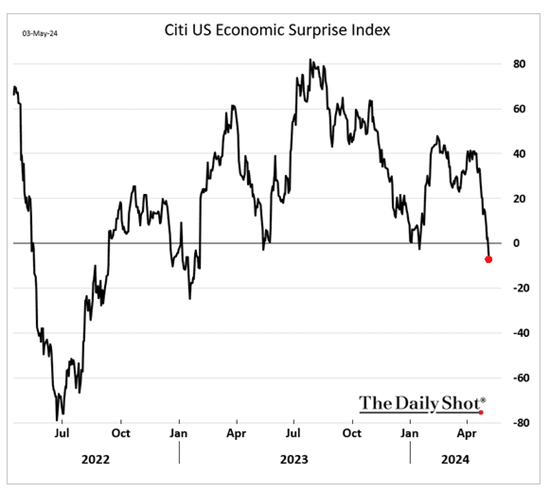By now, everybody on the planet knows that "higher for longer" remains the Fed's primary battle cry. We also know that Jay Powell's merry band of central bankers will be "data dependent" when it comes to charting their next move. "Stay the course," they say. And "we are committed to getting inflation back down to the target of 2%" remains a top party line cited by FOMC members.
With jobs aplenty and the U.S. economy doing just fine, thank you, it's been easy for the Fed to stick to their guns. This despite the fact that the country's central bankers have never before tried to implement their relatively newly minted "target" for inflation from this direction.
Lest we forget, although there was some behind-the-scenes talk going back to 1996, the Fed's 2% inflation target wasn't made official until 2012. History shows that Powell's crew tried everything they could think of to get inflation UP to their 2% target level. Until COVID and the accompanying ~$12 trillion cash injection into folks' checking accounts, they failed miserably. So, it will certainly be interesting to see if the Fed can achieve their goal this time around.
Up until just recently, the fear had been that the fastest rate hike campaign in history would cause some economic "pain." But, with all that cash the government provided still finding ways to get spent, the much ballyhooed recession that nearly all economists were calling for, didn't happen.
The surprising resilience of the US economy confounded analysts of all shapes and sizes. Instead of wilting under the weight of high rates, the economy stayed "stronger for longer." And with GDPNow calling for economic growth of more than 3% in the current quarter, it is little wonder our central bankers are talking about standing pat for as long as needed. Simply put, the data suggest they can afford to.
So... Once again, traders were forced to deal with a premature policy pivot in April. Stocks fell and yields rose. Again. But never fear folks, we've seen this movie before.
The good news is that in the end, we know the hero doesn't die. In this case, Jay Powell has assured us that the Fed isn't likely to raise rates any further. It's just that the happy ending investors have been waiting for (i.e. rate cuts) will be delayed.
Or will they? Don't look now fans, but a fair number of economic reports have come in surprisingly weak of late. Last week's jobs report missed in a big way. April's ISM Services index moved into contraction territory for the first time in ages (see the chart below).

Source: The Daily Shot
Next up, several regional Fed manufacturing came in punk. Consumer confidence took a dive in April. And Citi's Economic Surprise Index is heading in the wrong direction (see below).

Source: The Daily Shot
Oh, and the first reading of Q1 GDP was much weaker than anticipated.
But the consumer remains solid, right? Well... Let's dig into some earnings reports. According to FactSet, an early batch of consumer earnings has suggested some potential cracks in consumer resilience theme. For example, McDonald's (NYSE:MCD) said all income levels are increasingly seeking value. Starbucks (NASDAQ:SBUX) talked about how customers are being more exacting about where and how they choose to spend. Mondelez (NASDAQ:MDLZ) mentioned shoppers increasingly sensitive to absolute price points. Kraft Heinz (NASDAQ:KHC) flagged a clear pullback in spending by lower-earning households. And Sysco (NYSE:SYY) highlighted lower traffic to restaurants.
To be sure, one quarter does not a trend make. However, one could argue that at the very least, all of the above suggests the juggernaut known as the economy might be slowing.
The bond market seems to agree as rates have pulled back rather noticeably of late. So, isn't it possible that the Fed could change its tune in the not-too-distant future? After all, they do talk a lot about data dependency.
On the other hand, investors hoping for some love from the Fed sooner rather than later need to remember that the inflation data have been going the wrong direction this year and that last month's UofM's inflation expectations readings ticked up - not down. As such, all eyes will be on next week's CPI readings, which could certainly cause some volatility.
But before anyone gets too discouraged, let's keep in mind there is some ongoing good news. Cutting to the chase, earnings continue to be strong. And as long as the expectations for 2024's earnings remain at record highs and the growth rate doesn't crater from the current +13% zone, it isn't a stretch to think that stock prices can move higher. Just understand that the ride is likely to be a bit bumpy.
***
Disclosure: At the time of publication, Mr. Moenning held long positions in the following securities mentioned: MCD - Note that positions may change at any time.
NOT INDIVIDUAL INVESTMENT ADVICE. IMPORTANT FURTHER DISCLOSURES
